Payments
We’ve all had to make payments, either online or offline, but how many of us have looked at the micro perspective? What are the essential elements of a payment and how do they function as a whole to complete the payment?
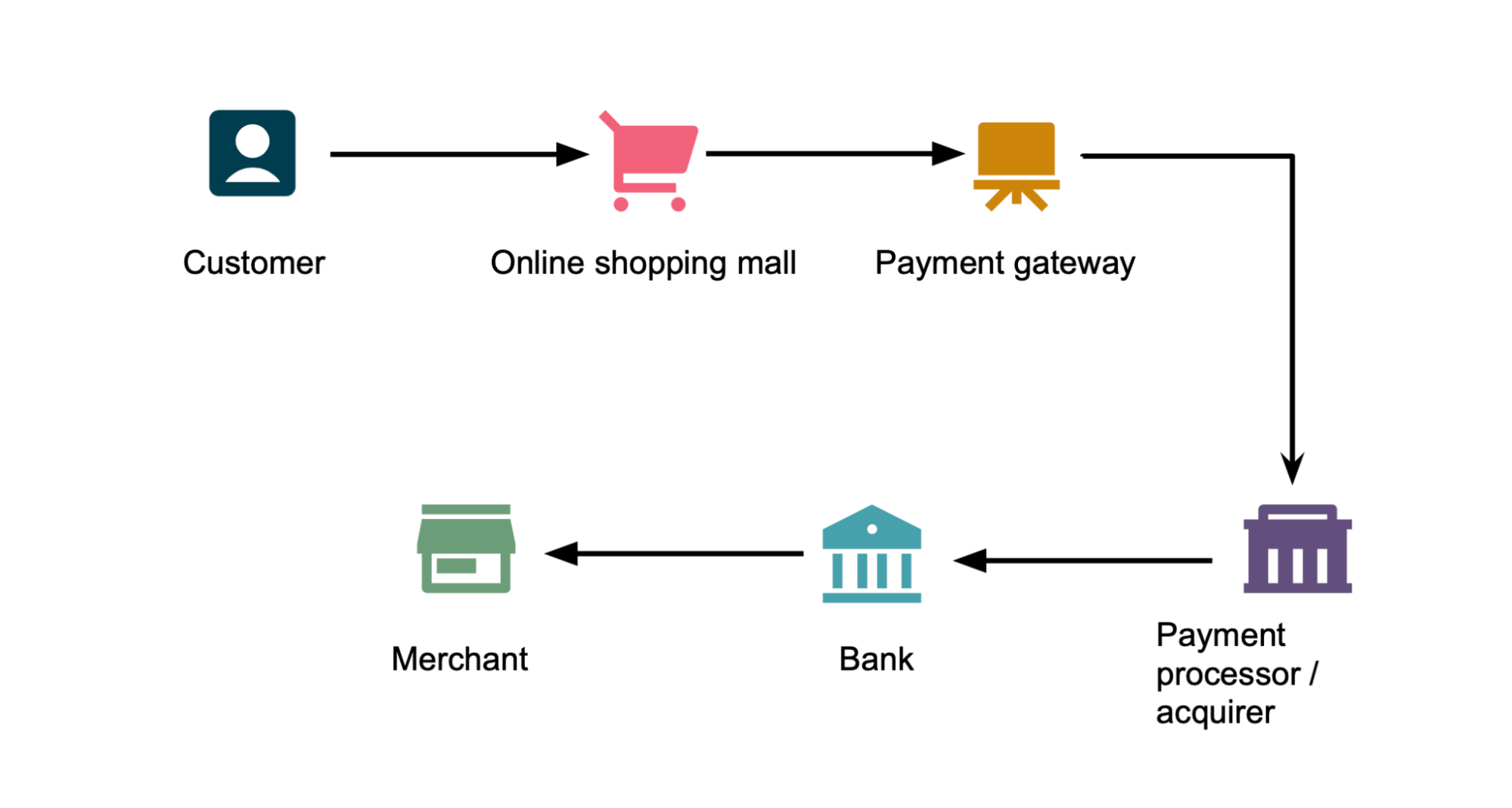

The essential parties involved are customers and merchants. Both the money and the goods or services are provided by separate parties. Payments are facilitated by a comprehensive system, which in turn consists of completely different components operated by multiple organizations. These include payment portals, payment gateways, payment processors/ acquirers and banks that all work together to complete payments.
Payment Channels
The main payment channels available in Australia can be classified in six broad categories: cash, card payments, electronic fund transfers, bill payments, checks and BNPL.
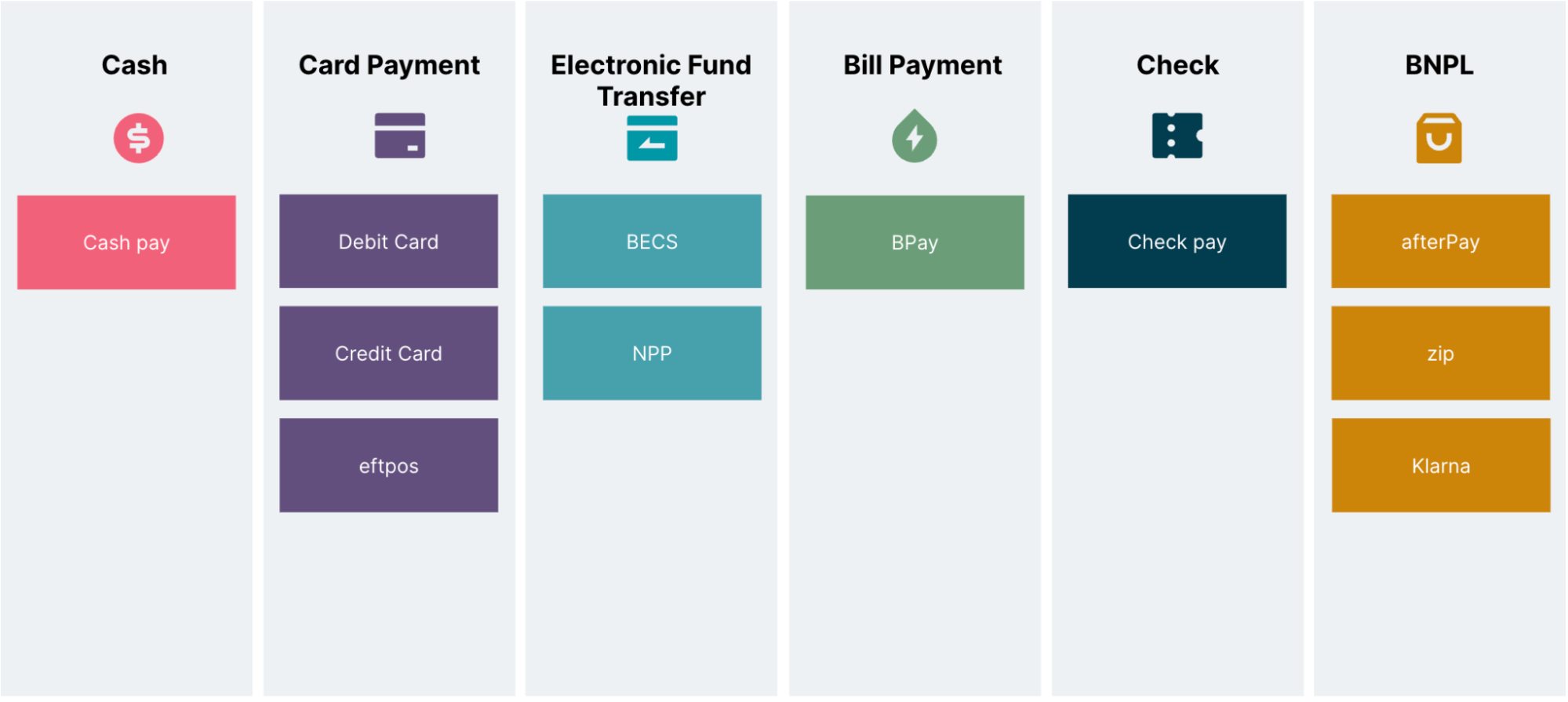

There are other, more sophisticated ways of payment as well such as QR codes, e-wallets, NFC and token card payments. Since they are all combined with the aforementioned traditional payment channels and were only provided very recently, they won't be covered in this article.
Cash payment
First, consider a cash payment. For instance, Lucy took $500 and was excited to visit the Apple offline store to purchase an iPad. Once she paid for the items, the payment was completed.
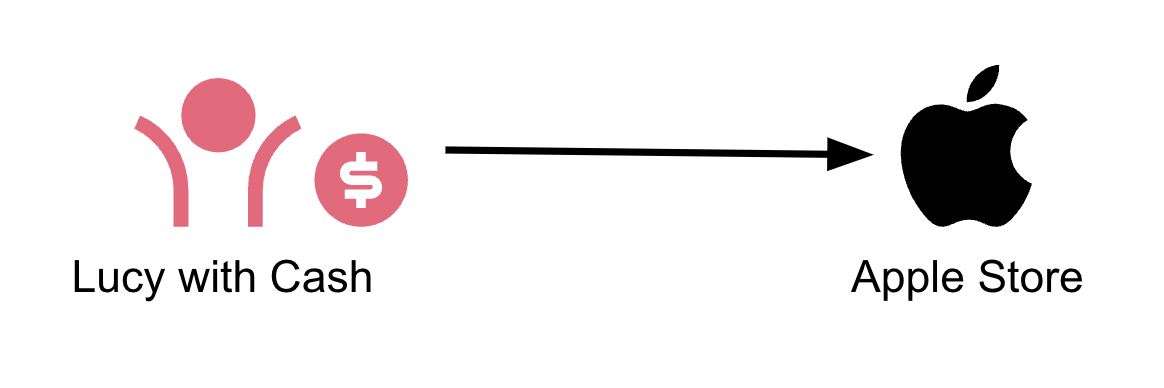

This payment method is simple and straightforward, but the disadvantage is that it isn’t convenient to carry cash when making large payments, and the cash bills will wear out over time.
Card payment
There are two types of card payments: online and offline. Let's start by discussing online card payments first.
Online card payment is actually a way to allow buyers to use credit/debit cards to pay online. In fact, online card payment contains two parts, authorization and clearing & settlement. For instance, Lucy used a credit card issued by HSBC to shop on Amazon. Within a few seconds after clicking on the Pay button, Amazon will show the successful notification, and then Lucy will wait for delivery. If you've ever wondered what took place during those brief moments and why the merchant felt confident enough to ship to Lucy, you can refer to the following process.
Authorization
The authorization process can be completed in five steps.
Lucy uses her credit card to pay for goods on Amazon
Payment authorization is sent to the payment gateway
The request is processed and forwarded to the acquirer
The acquirer processes the payment and forwards it to the card scheme
The card scheme sends the authorization to the issuing bank for validation
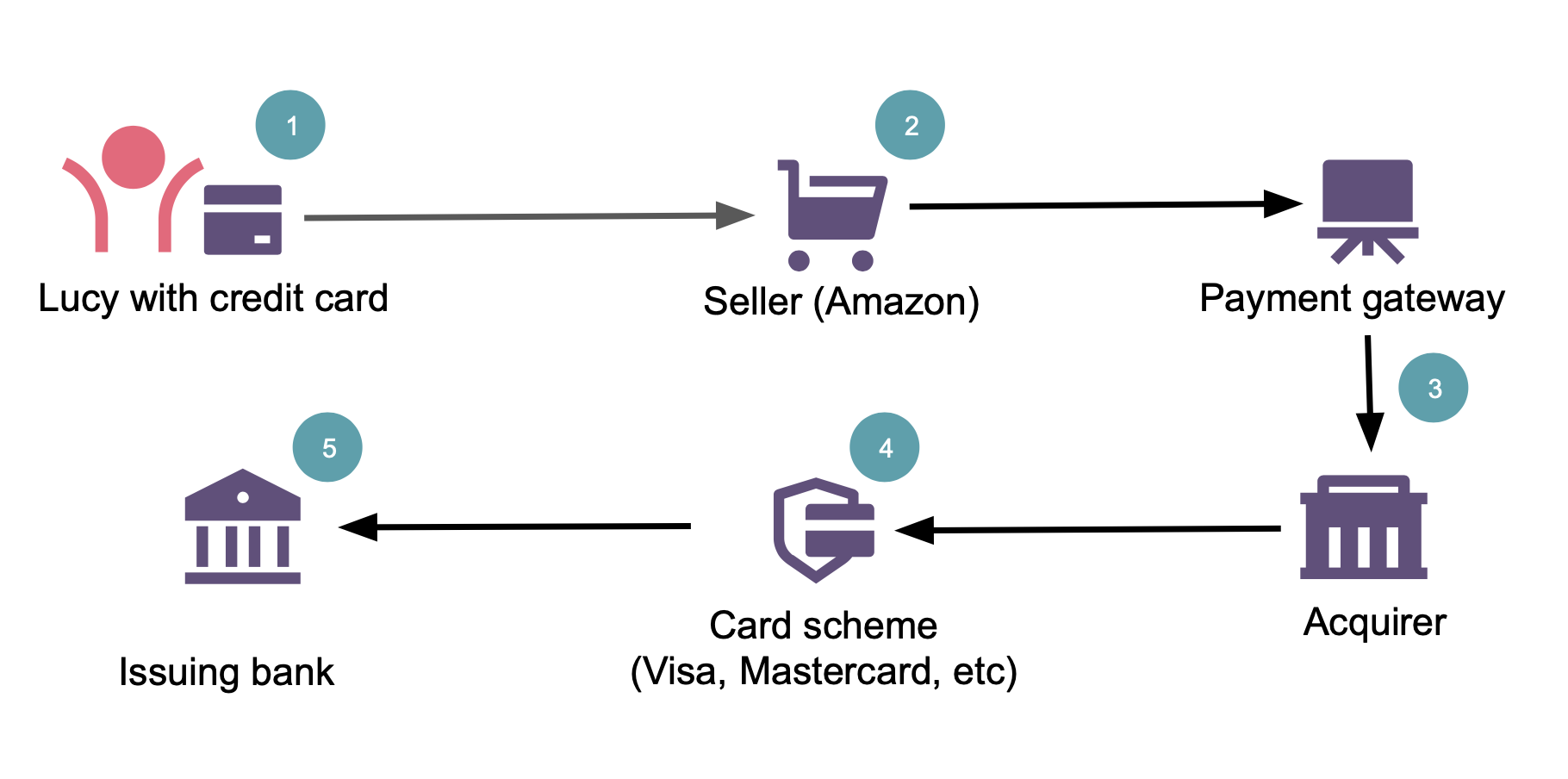

In the process described above, a new participant has joined: the card scheme organization, a large international group whose members include Visa, Mastercard, AMEX, etc. Card scheme orgs are crucial to the card online payment process. Each credit or debit card that the issuer issues will join one or more card schemes. As a result, when the acquirer processes a payment request, it only needs to send the authorization request to the card scheme. According to the card number, the card scheme will be responsible for contacting the issuer bank, who will decide whether the authorization is successful or not.When you take a closer look at the whole process as shown in the above diagram, from step 2 to step 5 the payment needs to be completed within 3 seconds, according to the payment industry standard. From a development point of view, this is quite a technical challenge because there are so many components and communications in between.
After Step 5, does the merchant receive their money? The exact answer is no. So when will merchants receive their money?
Clearing & Settlement


In general, clearing and settlement occurs in two stages.
The first stage occurs between the card organization and the acquirer, usually at 4 a.m. the next day, when the card organization sends the acquirer the reconciliation information for the day. The amount the acquirer receives is the original amount minus the card scheme fee and the issuer bank interchange fee.
The second section occurs between the acquirer and the merchant, generally occurring between 11 a.m. and 1 p.m. the next day. During clearing and settlement, the acquirer will ensure that they have enough money on their account to settle with the merchant. After the acquirer’s settlement, the merchant actually receives the money. The precise moment when the money arrives depends on the cutoff day time and policy provided by different acquirers. Therefore, if a consumer claims that their money hasn't come, you should first verify the aforementioned circumstances.
Offline card payment


Lucy wants to buy something again so goes to the MYER shopping mall. This time, the eftpos (electronic fund transfer point of sale) machine device plays an important role as a payment portal. Except for the use of an eftpos terminal, offline card payments are similar to online card payments.
The offline card payment is divided into two parts: authorization and clearing, and settlement. The authorization flow diagram is shown above. The flow is similar to the clearing and settlement process we described above.
Bank Transfer
Bank transfers in Australia are divided into two main categories, BECS (Bulk Electronic Clearing System) and NPP (New Payment Platform).
In a nutshell, NPP is newer and has a shorter payment cycle time than BECS, which is older, less expensive, and has a longer payment cycle time.
BECS
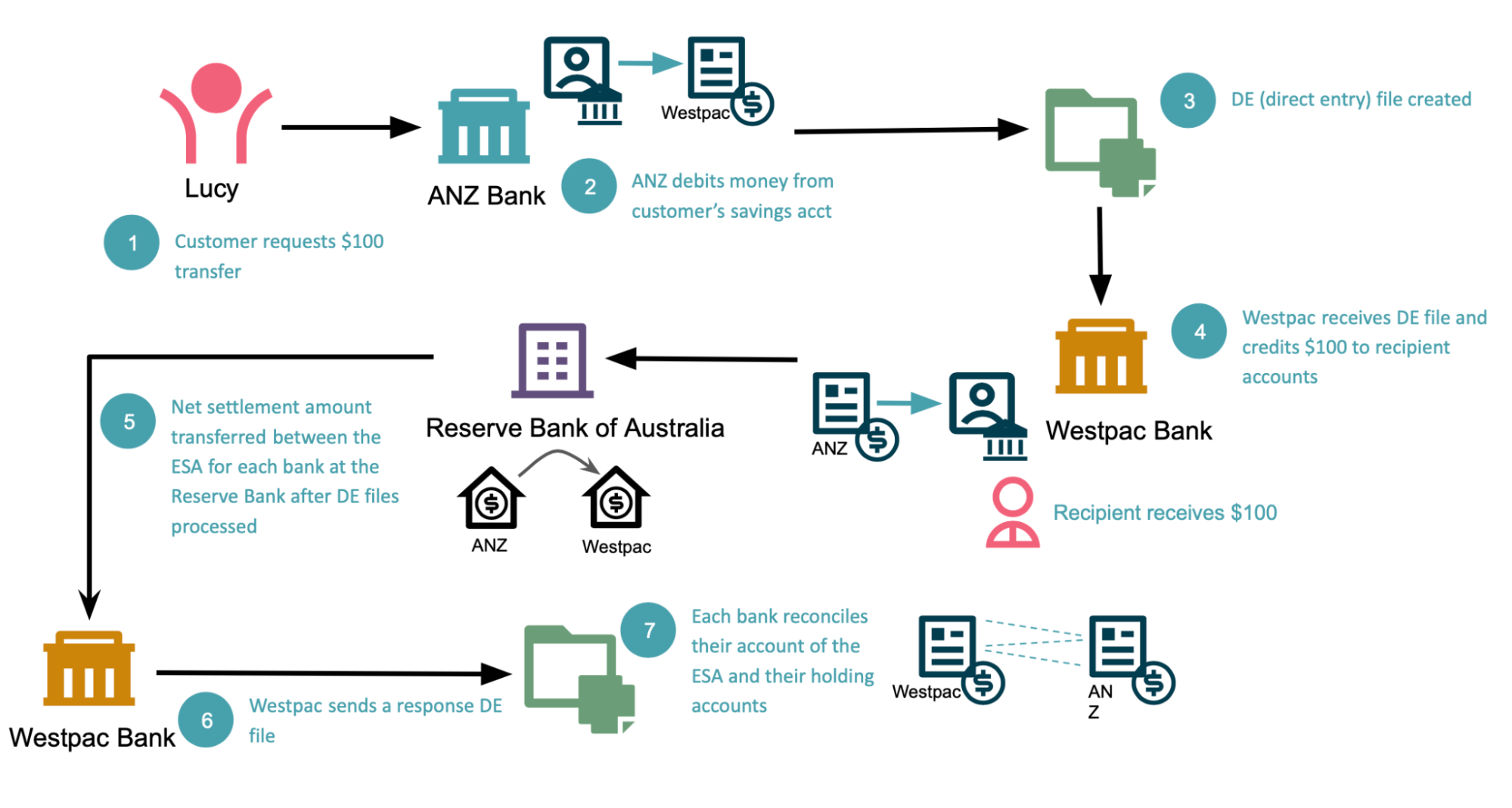

BSB stands for Bank-State-Branch which is a six-digit number that identifies banks and branches across Australia
Customer requests to transfer $100 from her ANZ savings account to a Westpac account
ANZ debits $100 from customer’s savings account and credits a holding account representing Westpac
A direct entry (DE) file is created. It includes all the related transactions (split and sorted by 2 digits of BSB) on that day. It is then sent to Westpac.
The recipient bank Westpac receives the DE file and credits $100 to recipient accounts and debits a holding account representing ANZ
Once the DE files have been processed, the net settlement amount is transferred between the ESA (exchange settlement accounts) for each bank at the Reserve Bank
Westpac sends a response DE file for the transactions completed
Each bank reconciles their account of the ESA and their holding accounts
The story starts with Lucy who transferred money to her friend Lily through ANZ Bank. After receiving the request, ANZ will debit the money from her account, record it and put together a DE (direct entry) file on the same day and send it to the receiving bank, Westpac, which will also record the request after receiving it and transfer the money to Lily.
BECS is slow, it takes about three days to receive the money from the time the request is initiated.
NPP
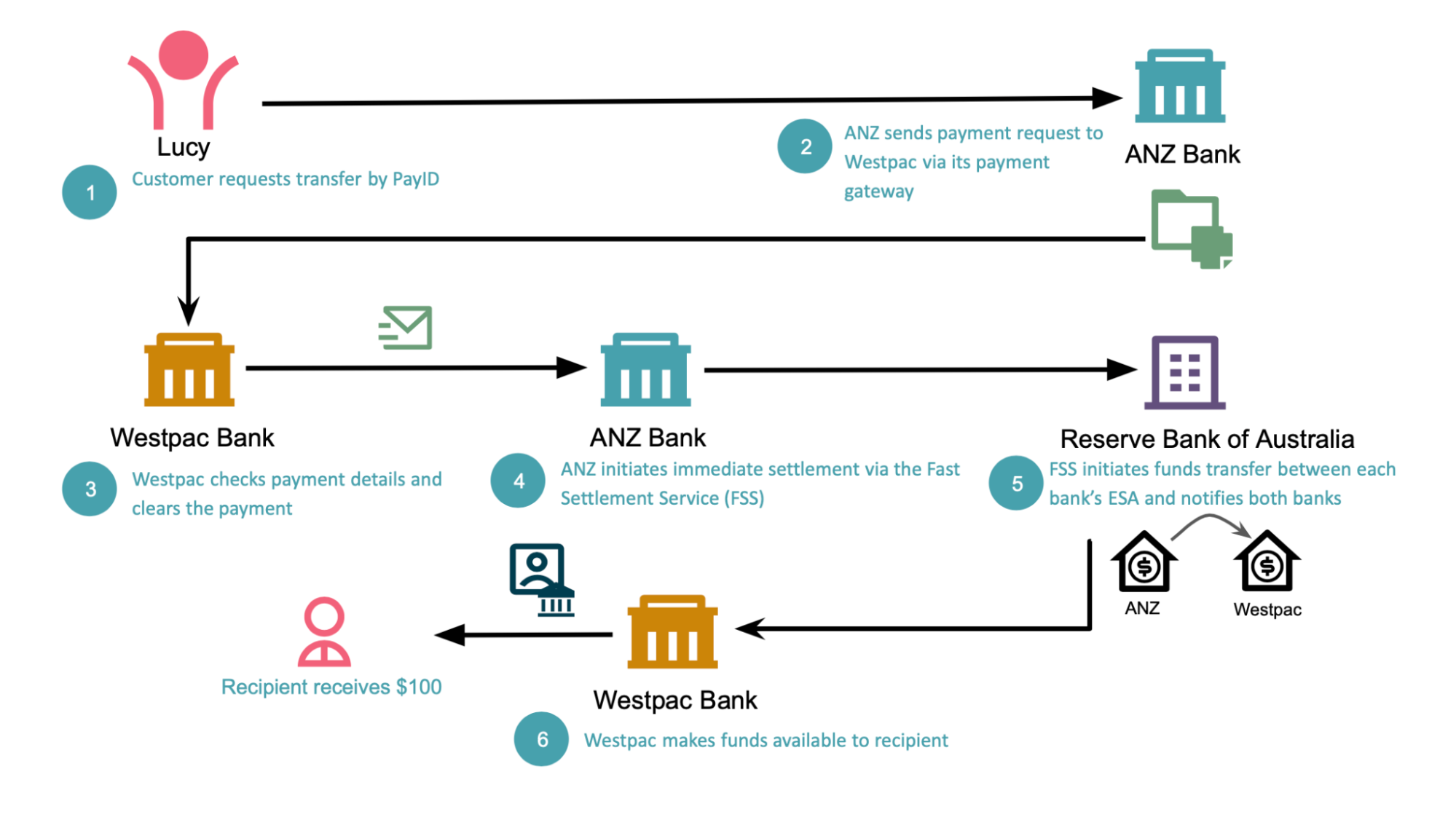

Customer requests to transfer $100 from her ANZ savings account to Westbank bank account by PayID
ANZ finds account & BSB by PayID, then sends payment request to Westpac via its payment gateway
Westpac checks payment details and clears the payment
ANZ initiates immediate settlement via the FSS (Fast Settlement Service)
FSS initiates funds transfer between each bank’s ESA and notifies both banks
Westpac makes funds available to recipient
Recipient receives $100
The process of NPP is similar to BECS, but the biggest difference is the use of PayId and the introduction of FSS (Fast Settlement Service). Currently, both direct credit and direct debit payment modes are supported.
The most outstanding feature of NPP is the fast transfer of money, and the money can be transferred from one account to another within one minute. With its convenience and effectiveness, it is rapidly gaining momentum in the market.
In the second part of the blog post, we’ll look at other types of payments.
Disclaimer: The statements and opinions expressed in this article are those of the author(s) and do not necessarily reflect the positions of Thoughtworks.


















